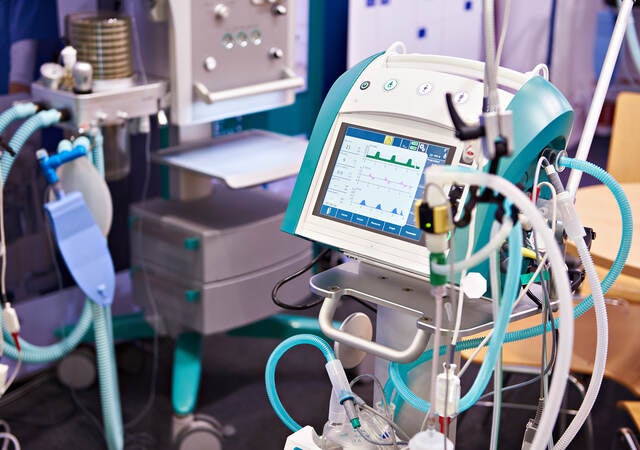Navigating the regulatory landscape for medical devices in the United States requires a thoughtful approach to compliance. This whitepaper provides a detailed guide to identifying and selecting the appropriate testing to place medical devices in the market while addressing The U.S. Food and Drug Administration (FDA) Center for Devices and Radiological Health (CDRH) requirements.
The FDA classifies medical devices based on risk. Devices with high-risk levels involve increased regulatory oversight, including premarket submissions and adherence to consensus standards. These standards may vary depending on the device type but often involve alignment with specific guidance documents.
Key facts from this whitepaper:
U.S. FDA classification
Understanding how medical devices are classified by risk level is essential to determining regulatory pathways
Testing standards
Adherence to recognized consensus standards reflects conformance with FDA expectations and helps address market readiness challenges
Premarket submissions
High-risk devices often require substantial documentation, testing and alignment with specific FDA guidance documents.
Strategic testing approach
Proper testing selection reduces risk, addresses compliance needs and contributes to a more efficient path to market approval
U.S. FDA Medical Device Testing for Premarket Submissions









